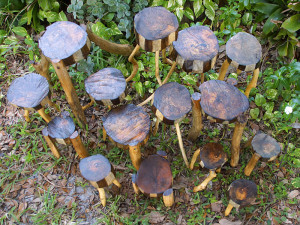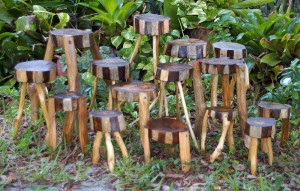Tag: rustic
Rustic recycled scrap wood side table
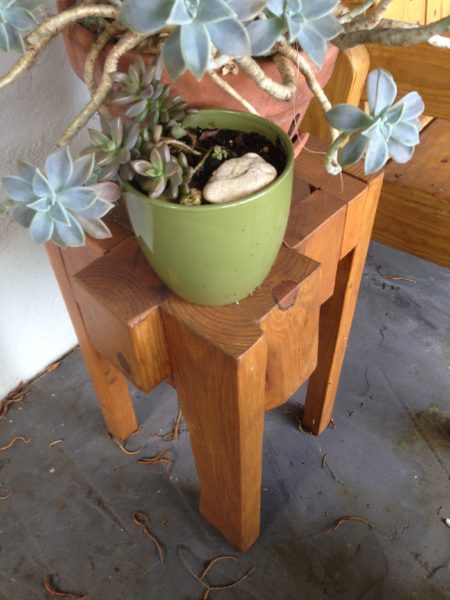
Rustic table made from a Banyan tree.
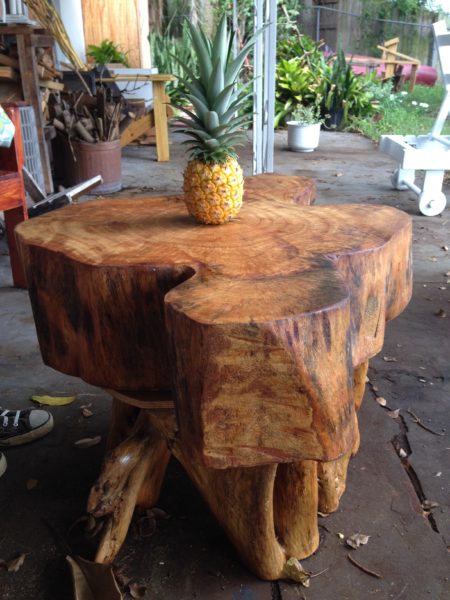
The pineapple is of a smaller than average size making the table appear a little larger than it actually is.
Mosaic tile outdoor serving tray
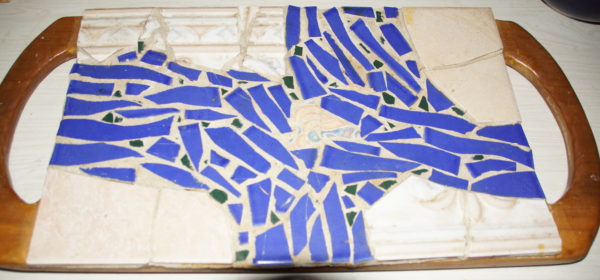
Rustic wood-carved boxes
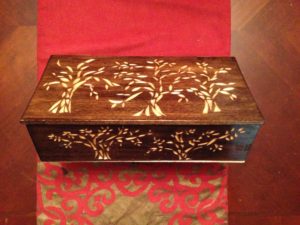
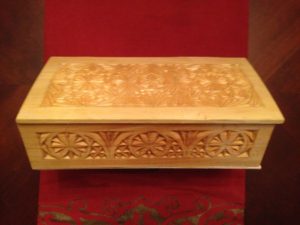
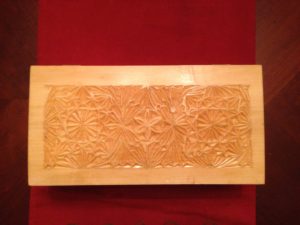
Rustic wood-carved basswood boxes.
Rustic woodworking tool shed

Here is a tool shed I built for my outdoor woodworking studio.
Rustic Wood Plant Stands at Etsy

Rustic Pine Shaker Rocking Chair



This rustic wood chair is based on the classic Shaker rocking chair but made from small pine trees. The pine trees were cleared from a ranch in Davie, FL. I gathered the trunks then shaved off the bark. The rungs were shaped with a drawknife. The chair is put together with mortise and tenon joinery with pva wood glue. The seat is woven with cotton wrap. The rustic chair is then finished with several coats of a mix of satin oil-based polyurethane and mineral spirits.
Rustic Tree Branch Wood Adirondack Chair
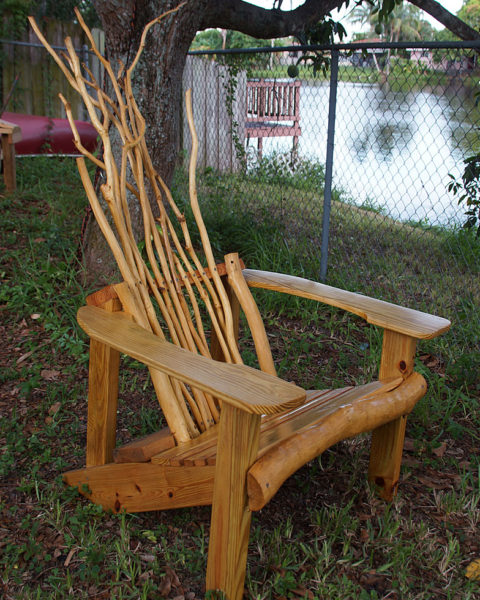
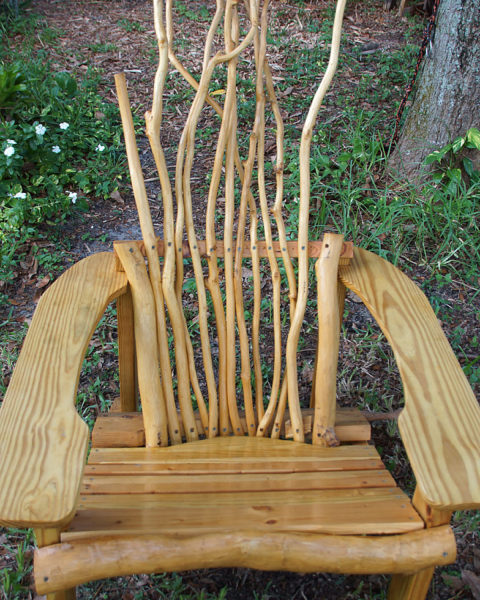
Here is a rustic wood Adirondack chair made from pressure treated dimensional lumber and shaved tree branches. The tree branches were harvested from a Black Olive Tree on the property. That sounds better than I was trimming the trees in my backyard and had some branches. The basic design was taken from a plan in some woodworking book I got in some library or bookstore. I really don’t keep accurate records on all things wood and wood-like. I’ll let some of you ‘history detectives’ figure that out. The rustic wood chair is more comfortable than it looks. This chair is my first experiment with
‘green woodworking’. What is green woodworking? I’m assuming you’re asking. I shall cut and paste a description of green woodworking for you. Because that’s just the kind of guy I am. The following is from Wikipedia. Which they got from the British Broadcasting Corporation. I don’t know why the BBC would have information on woodworking. But it is the BBC, so it must be good. Enjoy!
Green woodworking is a form of wood craft or in broad terms, carpentry, that works unseasoned or “green” timber into finished items. Unseasoned wood is wood that has been freshly felled or preserved by storing it in a water-filled trough or pond to maintain its naturally high moisture content. Green wood is much softer than seasoned timber and is therefore much easier to shape with hand tools. As moisture leaves the unseasoned wood, shrinkage occurs and the green woodworker can use this shrinkage to ensure tight joints in their work. To enhance the effect of the shrinkage, one half of a joint may be forcibly over-dried in a simple kiln while its encapsulating component is left green. The components tighten against each other as the parts exchange moisture and approach equilibrium with the surrounding environment. The swelling of the dry tenon inside the shrinking “green” mortise makes for an incredibly tight and permanent joint despite a lack of adhesives. Bodging is a traditional green woodworking occupation, where chair components were made in the woods and exported to workshops where the complete chairs were assembled by furniture makers (called cabinetmakers in the UK). Green woodworking has seen a recent revival due to its increased media coverage and the renaissance of hand tool woodworking in general. [1]
Reference: [1] http://www.bbc.co.uk/programmes/b00qsc3j

